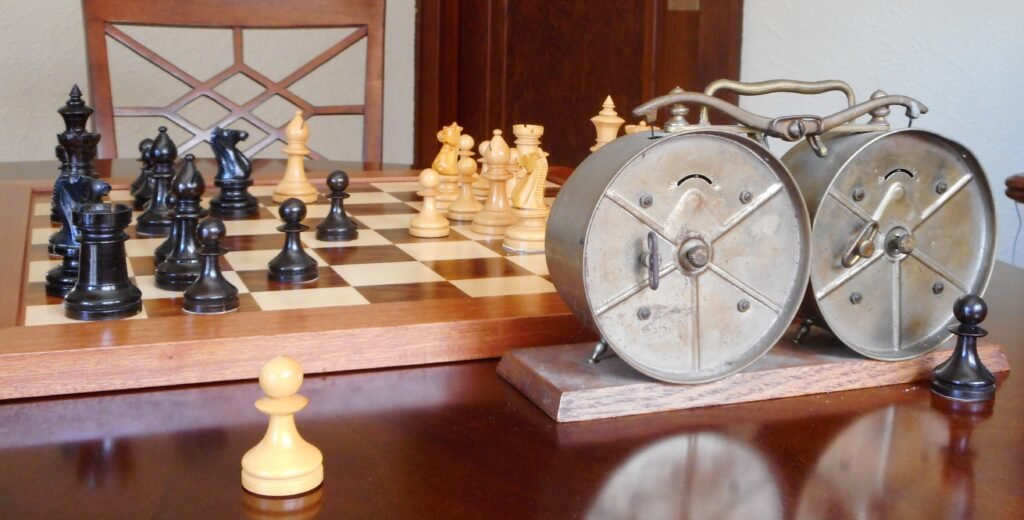The 1890-1940 Jaques #5062 (Cheaper Line) chess set by “Jaques of London”.




WhO WAS ERNEST VINCENT?…
I can confirm that this Jaques 2.75-inch chess set from circa 1890–1940’s, known as the “Cheaper Line” Staunton Chessmen, is a fascinating piece of chess history. Marketed by Jaques of London between the late 19th and mid-20th centuries (approximately 1890–1940), and crafted by ‘Ernest Vincent’ of the Pichon-Vincent Company. Vincent was commissioned personally through Jaques between 1890-1914 for these chess sets which made these sets represent a unique chapter in the company’s offerings. Interestingly, prior to 1890, Jaques’ catalogues did not include foreign-made sets, making these French-manufactured pieces a notable exception.
Identified as set #5062 in Jaques’ 1937 catalogue (not loaded without cloth bases), these chessmen were crafted from stained and polished boxwood, with a distinctive French half-dovetail manufacturing technique. While they mirror the iconic Staunton design in their general shape and style, the craftsmanship and materials are notably of lower quality compared to traditional Jaques Staunton sets. This is consistent with their purpose: they were created for durability and affordability, targeting environments like restaurants or boys’ clubs where functionality and adherence to the Staunton aesthetic were prioritized over high-end quality.
Though these sets lack the prestige and refinement of higher-tier Jaques offerings, their historical context and unique design make them an intriguing addition to any chess collection, particularly for those interested in the evolution of Staunton sets and Jaques’ broader market strategy.




My opinion of this design…
I hold a special admiration for the Jaques “Cheaper Line” Staunton set. This design represents an intriguing fusion of utility and timeless aesthetics, embodying the accessibility and adaptability that defined chess during the late 19th and early 20th centuries. Far from merely serving as a “budget option,” this set demonstrates Jaques of London’s commitment to spreading the game’s cultural influence beyond exclusive parlors and into everyday life.
What stands out about these chess pieces is their balanced design—a perfect blend of form and function. Despite being crafted with more modest materials, their adherence to the recognizable Staunton pattern ensured that players, whether in casual settings or informal clubs, could enjoy the clarity and harmony of design critical for serious play. The durability of these sets speaks volumes about their creators’ foresight, offering pieces robust enough to endure the bustling energy of cafés and social clubs without sacrificing aesthetic appeal.
The charm of the French manufacture adds a layer of historical allure to the set. Each piece carries a story of chess spreading across borders, tailored for settings where the game’s accessibility mattered most. For collectors today, these sets are a testament to the democratization of chess—a time when beautifully designed pieces were no longer reserved for elites but became tools for fostering community and competition at all levels.
In a collection, this set shines as a symbol of chess’s evolution, bridging the gap between artistry and everyday practicality. Owning such a set connects one not only to Jaques’ storied legacy but also to the game’s vibrant and inclusive past.
Also, in 1904 the Cambridge Springs Chess Tournament in the USA (Cambridge PA.), demanded that the Knight heads of the American Chess Company (ACC) chess sets be replaced by these cheaper Jaques knight heads (Superior Pattern “loaded w/pads” #5036’s /Cheaper Line “not loaded w/o pads” #5066’s).







